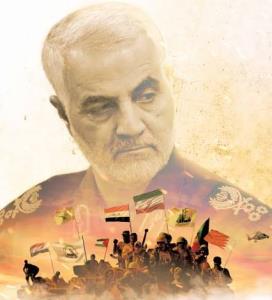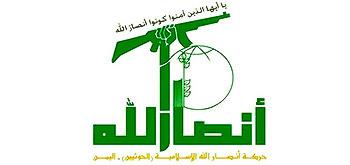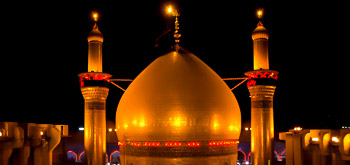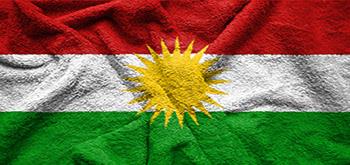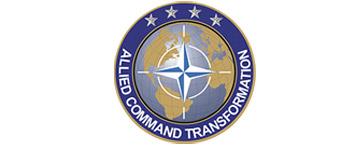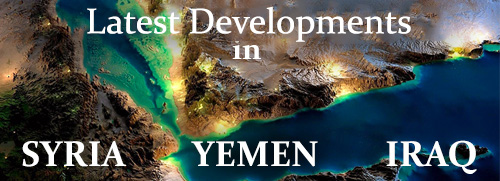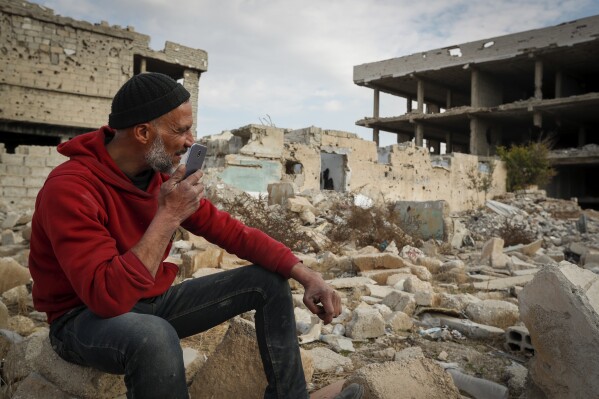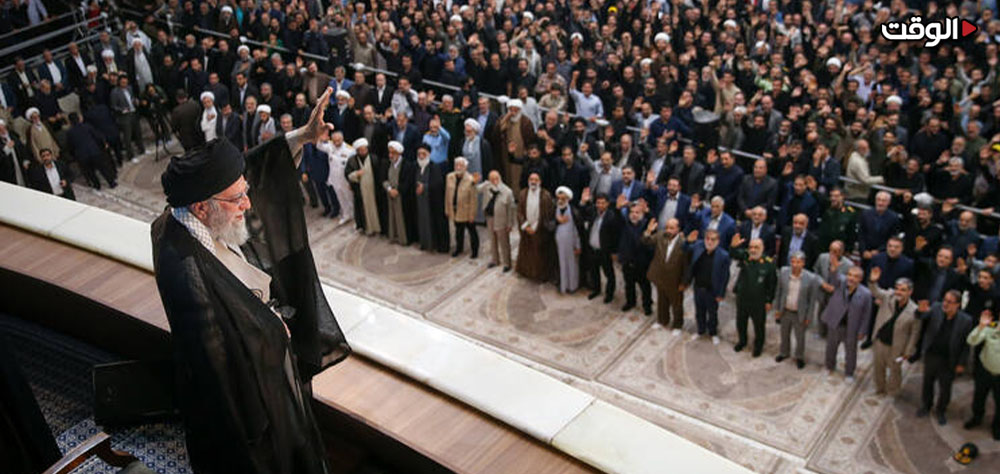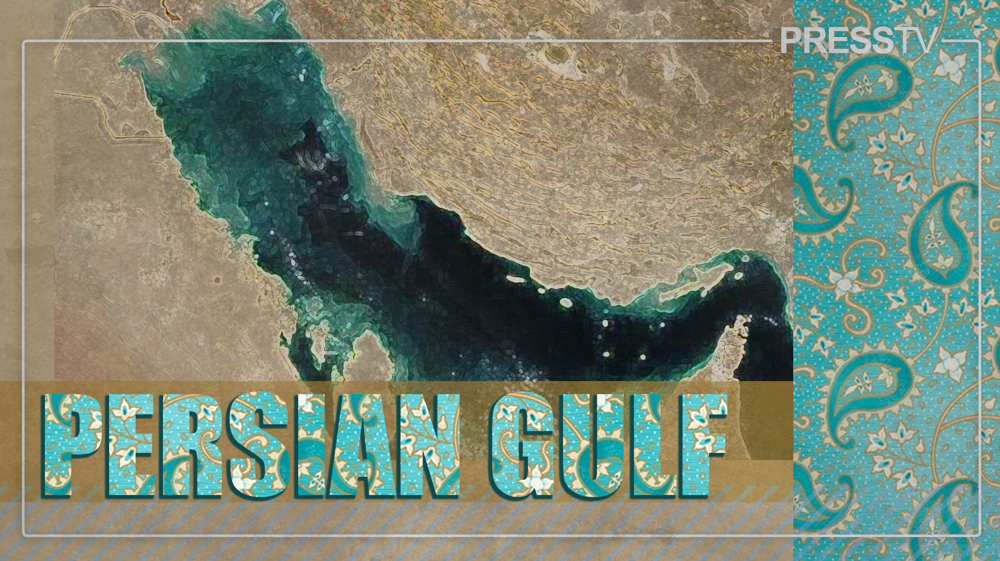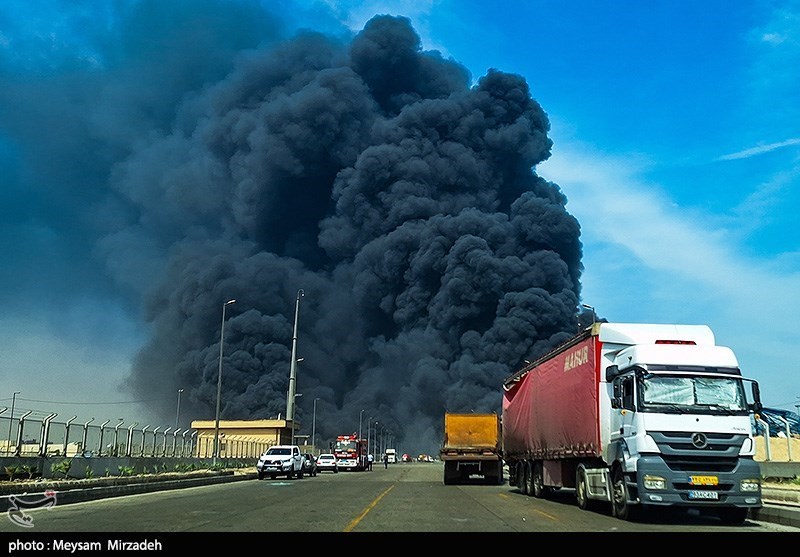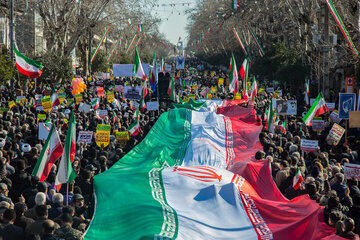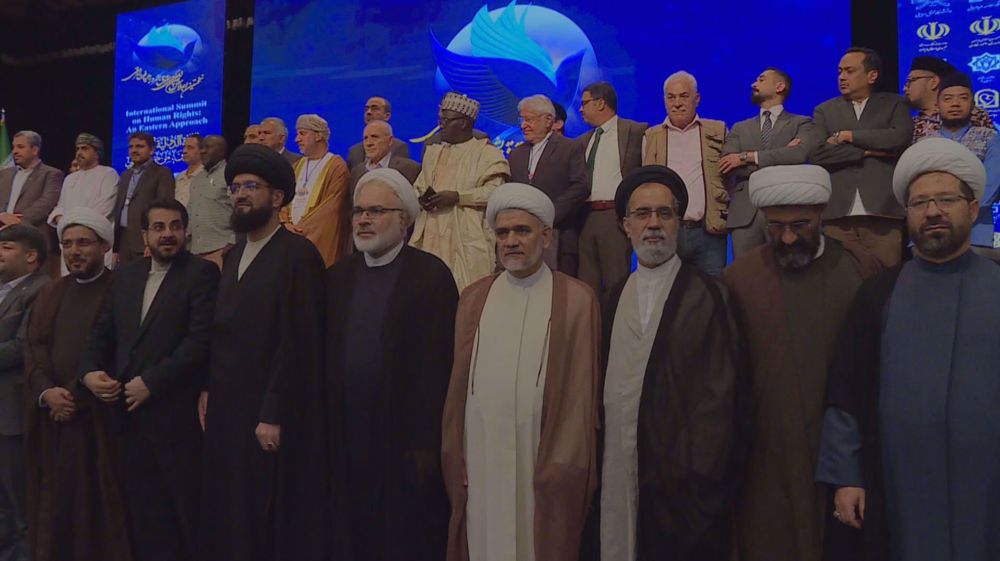Alwaght- While after the fall of the government of Bashar al-Assad the hope of some Syrians for economic improvement was high, Syria began to grapple with extensive challenges soon enough. Threats to its territory, foreign intervention, tensions, and ethnic-sectarian violence have their heavy shadow on the economy and on the nation's bumpy road to economic recovery.
Expensive reconstruction
A report by Washington-based Al-Tahrir Institute suggests that reconstruction alone costs between $250 billion to $400 billion. This is while the country's economy volume dropped to $17.5 billion in 2023 from the $60 billion before the civil war that started in 2011. About 16.7 million of Syrians are in need of humanitarian aid and over 90 percent of the population are living below the poverty line, a report by the United Nations High Commissioner for Refugees (UNHCR) says.
Although the decision by the US, the European Union, and Japan to ease or lift sanctions on Syria initially sparked hopes and brought Syrians into the streets in celebration, the move has yet to deliver tangible benefits for the country’s battered economy. Even without sanctions, Syria continues to face deep structural economic challenges that stand in the way of reconstruction.
Over the past decade and more, millions of Syrians have been pushed into poverty as a result of war and sanctions. In the absence of productive economic development, a genuine recovery remains elusive. Any potential economic rebound hinges on growth in national output—particularly in the industrial and agricultural sectors—but Syria’s industrial base has yet to recover from the heavy blows of years of conflict and isolation.
Meanwhile, statements and policy signals from the country’s new leadership suggest a commitment to a free-market model. Yet, with a society mired in war-induced poverty, a sudden shift toward liberalization seems unrealistic. In practice, the government has turned to austerity measures, including the dismissal of up to half of its civil servants. Many state employees have also been forced onto three-month furloughs—some with pay, others without.
By the numbers:
$250–400 billion — Estimated cost of reconstruction
$60 billion — Size of Syria’s economy before 2011
$17.5 billion — Size of Syria’s economy in 2023
24.67 million — Syria’s population in the 2024 census
16.7 million — People in need of humanitarian aid
90 percent of the population — Living below the poverty line
Cutting subsidies
In addition to layoffs, the government is raising the issue of cutting or removing the subsidies. Since mid-2024 and a few weeks after fall of Al-Assad, the new officials debated subsidies on which life of millions of Syrians depend. This debate is unfolding.
At the same time, the authorities have increased the price of subsidized bread tenfold, with subsidies in some cases eliminated altogether.
Omar Shaqrour, Syria’s acting electricity minister, told Syria Report that the government is considering cutting or even scrapping electricity subsidies, arguing that “current prices are far below actual costs.” For now, state-supplied electricity in major Syrian cities rarely exceeds four hours a day.
Inadequate wages
After months of anticipation, the Syrian government has finally raised salaries for public employees and retirees by 200 percent, setting the minimum monthly wage at 750,000 Syrian pounds—roughly $68. Yet the measure has done little to ease the financial strain on the employees. Most workers in both the public and private sectors still cannot cover their monthly needs with current pay levels.
According to Qassioun, the newspaper of the Syrian People’s Will Party, the minimum cost of living for a five-member family in Damascus reached nearly 9 million Syrian pounds (about $818) by the end of June 2025. In practice, subsidy cuts and rising prices have offset any benefits from the wage hike, leaving households squeezed even further. While the reduction of subsidies may improve the government’s fiscal position, it has imposed a heavy burden on the population and the broader economy. Meanwhile, symbolic wage increases or one-time bonuses have failed to boost purchasing power, as runaway inflation continues to erode incomes.
By the numbers:
200 percent— Wage increase after the fall of Bashar al-Assad’s government
750,000 Syrian pounds (around $68) — Minimum monthly wage in 2025
9 million Syrian pounds ( about $818) — Minimum monthly cost of living for a five-member family in Damascus
Production drop
The reduction or elimination of subsidies on petroleum products—diesel and gasoline in particular—has further strained the economy and burdened ordinary Syrians. The loss of subsidized fuel has sharply increased production costs for farmers, resulting in a significant drop in wheat cultivation in 2025 compared with the previous year.
Although the Syrian pound has strengthened in recent months, the appreciation is not a reflection of economic recovery or higher foreign currency inflows. Instead, it stems from an administrative measure by the Central Bank, which restricted access to deposits in Syrian pounds. Once these restrictions are lifted, the currency is expected to depreciate again, likely driving up fuel prices and further raising production and agricultural costs.
The government has also failed to shield domestic industry and agriculture from foreign competition. At the end of January 2025, Damascus reduced customs duties on more than 260 Turkish products, leading to a 47 percent increase in imports from Turkey between January and May 2025 compared to the same period a year earlier, with the trade volume exceeding $1 billion. In addition, Syrian and Turkish officials have agreed to restart talks on reviving the Free Trade Agreement signed in 2005 but suspended in 2011. Such steps risk further weakening Syria’s already struggling manufacturers and farmers, who cannot compete with their Turkish counterparts.
At the same time, Syria is confronting one of the most severe food crises in decades. A “prolonged drought” has devastated wheat production, undermining the backbone of the country’s agricultural sector.
Oil production challenges
One of the sources of income of the Syrian government is oil sales, but now a major portion of the oil-rich regions is now controlled by Kurdish militias and without settling its issues with the Kurds, the Damascus cannot restore control over oilfields. Currently, this poses a tremendous challenge to the government budget.
Economy awaiting stability
The complexity of internal landscape of Syria, marked by political and ethnic divisions, foreign interventions, and repeated Israeli airstrikes, has left the country in an acutely fragile state. Like many parts of the world, economic recovery in Syria appears inseparable from political stability. Until long-term stability is achieved, the country’s economic outlook is likely to remain turbulent and uncertain.

